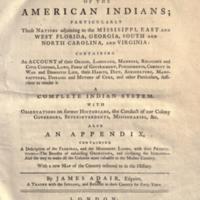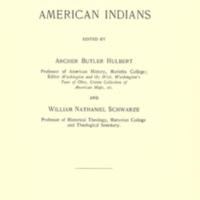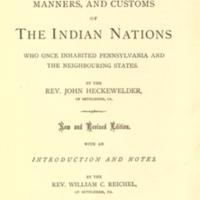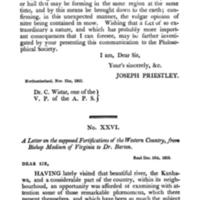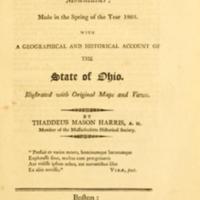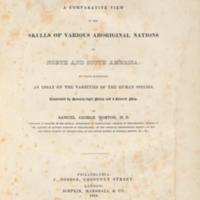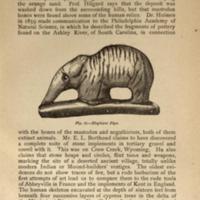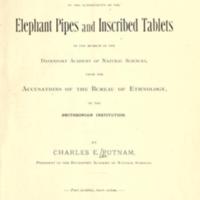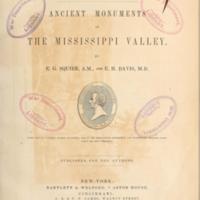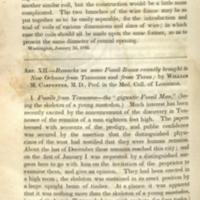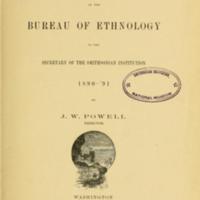Academic Interpretations
The mounds of the Ohio River Valley elicited a fascination from the academic community almost from the moment of their discovery by European settlers. In the later eighteenth century, amateur enthusiasts such as Thomas Jefferson, as well as religious figures who spent their lives among the Native Americans, began an academic narrative which has not yet abated.
In the nineteenth century there was a strong belief that the mounds were built by a lost race. Many tribes who were living in the Ohio River Valley during the eighteenth (and nineteenth) century were immigrants from other parts of the eastern United States and had therefore little to no cultural memory of the mounds. This encouraged the incorrect view among Europeans that because of the Native American 'ignorance' of the mound's purpose and construction, Native Americans could not have created the mounds. Academics and popular historians proposed origin theories which ranged from the Vikings, Anglo-Saxons, Greeks, Romans, Persians, Phoenicians, Ten Lost Tribes of Israel, Chinese, and Welsh, among many others, as the builders of the mounds. Many writers resolved the issue of what happened to the mound builders by suggesting that they either moved to Mexico and built the famous Mayan and Aztec mounds, or were destroyed by the 'barbarous' Native Americans.
Although such a mythology fed into the severe racism of the era, the drive to prove the myth helped establish the grounds for the use of archaeological methods to uncover American history. Men such as Manasseh Cutler used dendrochronology to attempt to establish a timeline for mounds (Marietta, 1788). Caleb Atwater, who excavated the Ohio settlement of Circleville in the early 1800s, may have been convinced that the mounds were built by people from India, but his careful study and sensitive treatment of the area established good archaeological practice.
Two other angles to the 'Lost Races' theory were that 'giants' roamed ancient America and the mound-building cultures lived coterminously with mastodons. The former concept had enjoyed a long, if spotted, history by the mid-nineteenth century: as early as c. 1705, Cotton Mather misinterpreted mastodon bones as those of a giant. Both of these concepts were interlinked, as mastodon bones were beginning to be uncovered in the Ohio River Valley and elsewhere, occasionally in the general vicinity of sites occupied by mound-building cultures, and were often mistaken for 'giants' or 'cyclops'. Effigy pipes supposedly shaped like elephants, such as those found by Peter Mare in 1872, and 'elephant-shaped' effigy mounds added fuel to the theory. Academics fiercely argued over the truth of these two propositions, even through the 1930s, but ultimately the concept that they were not coterminous won out, and the concept of giants became less popular as more effective identification and dating processes were adopted in the 1950s.
By the late nineteenth century, the myth of a separate race of Mound Builders had been replaced by the opinion that the ancestors of modern Native Americans built the mounds. Popular history reluctantly changed to meet this opinion, substituting their colorful stories for light, informative articles across the twentieth century. Items of interest like the Grave Creek Tablet remained popular, however, and continue to be discussed to this day.

